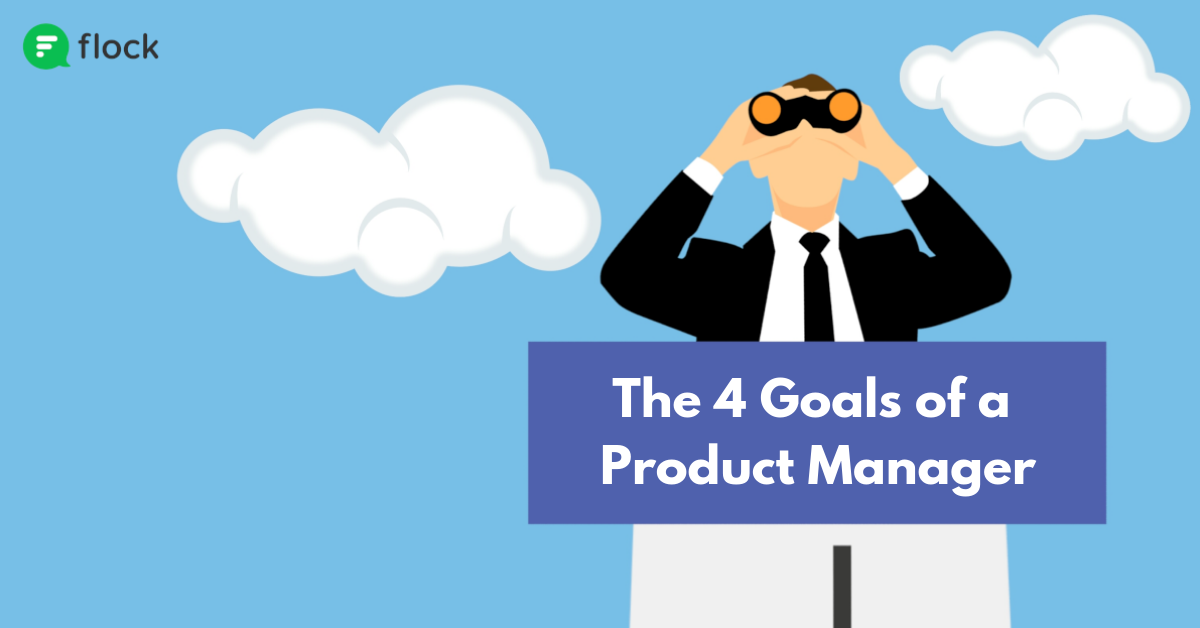
I’ve built a *lot* of products along my entrepreneurial journey. From enterprise messaging, mail, and digital wallets, to domain registration and web hosting platforms, building great products is my obsession. But the products that my team and I have learned the most from are the ones you may have never heard of - because these were products and features that no one ever needed! The most important lesson we learned?
“Building stuff is easy, getting people to use it is not.”
Product management is at the heart of any modern business and today's product managers need to have incredibly strong quantitative skills and intuition to build products/features that customers find useful. They must focus on outcomes and not output.
“Product management must focus on outcomes and not output.”
This brings us to the four goals of Product Management - Acquisition, Activation, Retention, and Monetization. What do each of these goals involve?
Acquisition
Acquisition refers to building products or features to acquire new users - such as Hotmail's famous email signature, Dropbox's referral program, etc. If you are lucky, your product is inherently viral and you can optimize interactions within the product to boost new user acquisition. However, even non-viral products can use referral programs and other acquisition hooks for boosting acquisition.
For one of the best compilations of product viral marketing case studies, read Viral Loop by Adam L. Penenberg.
Activation
Activation refers to minimizing user churn during onboarding and the first few hours/days. Activation goals include reducing friction when onboarding users, introducing them to the value proposition of your product and getting them invested in your product early on.
Standard activation techniques involve reducing complexity in onboarding, reducing unnecessary forms, and helping the user perform relevant initial activities in your product such as sending their first message, inviting their first friend, uploading their first photo, shooting their first zombie, importing their address book, etc.
Retention
Retention refers to reducing user churn after the first few days, once the customer is actively using your product. Retention activities are meant to increase user lock-in by:
- Increasing their frequency of usage
- Increasing total time spent using your product
- Increasing the cost of migration for the user
- Increasing daily dependence on your product
- Involving the user's social network and leveraging network effects
- Integrating into other tools and processes that the user needs
- Using behavioral psychology tactics such as variable rewards, artificial scarcity, the Zeigarnik effect, and loss aversion
Beyond developing new features for your product, other initiatives on your product roadmap can also impact retention - usability of existing features, uptime, responsiveness, and resource consumption.
Monetization
Monetization refers to maximizing revenue from your user base. It involves building capabilities that users will be willing to pay for, or that will generate revenue through other means such as ads. Particularly for SaaS businesses, monetization should not negatively impact the user experience. Freemium pricing, free software trials, and “one-time only” pricing models are all examples of monetization initiatives.
Ultimately, everything you do as a product manager must impact one of these four goals, ideally the one that is most relevant for your business right now. As a corollary, anything you build that does not meaningfully move the needle on one of these goals is a waste of time and money.
“A product manager’s job is to discover the smallest investment in their product that results in the largest impact on acquisition, activation, retention, and monetization.”
 As a product manager, your routine comprises a ‘rinse and repeat’ cycle of the following:
As a product manager, your routine comprises a ‘rinse and repeat’ cycle of the following:
- Pick your Goal(s)
Decide which of the above 4 goals is/are important to your business in the current cycle. - Discovery
Discover changes you can make to your product that result in the highest return on investment for the selected goal(s). These changes can involve building a new product, a new feature, or improvements to an existing feature. - Development
- Measurement and Optimization
Measure the impact of your changes on the goal(s) you picked and optimize their implementation until you achieve the desired outcome.
The thing is, many product managers spend a disproportionate amount of their time on development (80% and more!), and very little on the other essential steps of this cycle.
As a best practice, I recommend spending roughly 50% of your time on picking goal(s) and discovery, 20% on development, and the remaining 30% of your time to measure and optimize.
The result is that product improvements you work on are better tuned to your customers' needs, and you have more time to optimize how they are implemented for maximum impact on your desired goal(s).
As a product manager, how do you drive acquisition, activation, retention, and monetization for your product/service? Which one of these goals do you prioritize and why? Let me know in the comments below.
A version of this article was originally published by The Statesman.






